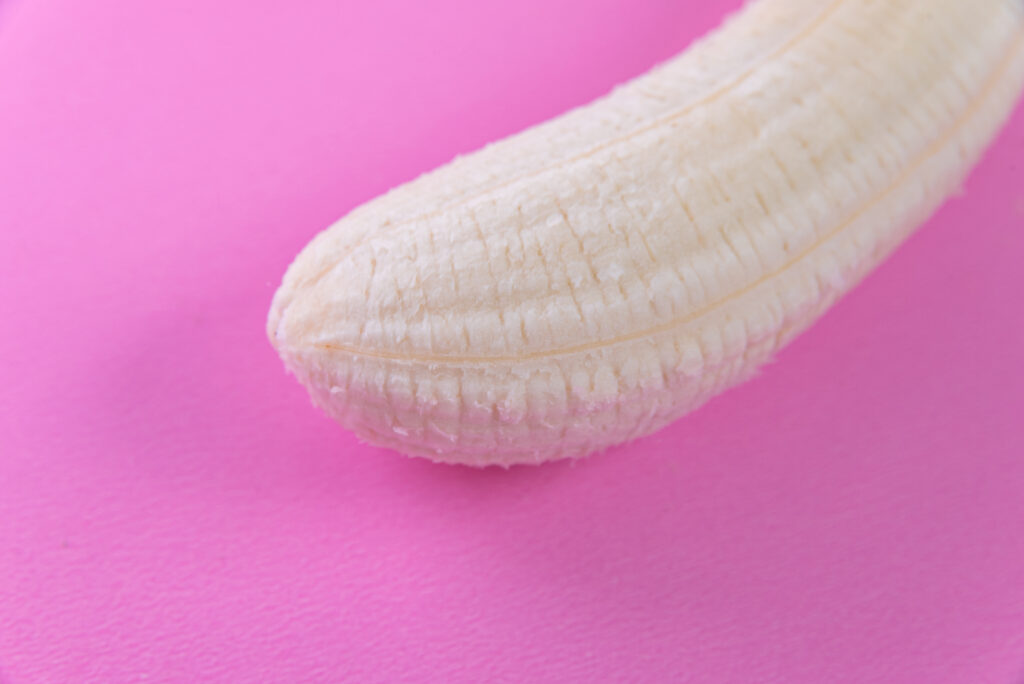For men facing the loss of one or both testicles due to injury, cancer, congenital conditions, or gender affirmation surgery, regaining a natural look and confidence is vital. One transformative solution is the surgical placement of a testicular implant, or testicle replacement device. Understanding the procedure, its benefits, preparation, and recovery can help men make informed choices toward physical and emotional well-being.
What Is a Testicle Replacement Device?
A testicular implant is a prosthetic device crafted to resemble the size, shape, and feel of a natural testicle. These implants are usually filled with saline or made of medical-grade silicone and are placed into the scrotum to restore a symmetrical appearance. While these devices do not produce sperm or hormones, they provide important psychological and aesthetic benefits for men who have lost a testicle or never developed one.
Indications for Testicular Implant Surgery
Common reasons for seeking a testicle replacement device include:
- Surgical removal due to testicular cancer or torsion
- Injuries that damage or require the removal of the testicles
- Undescended testicles in childhood
- Congenital absence
- Gender-affirming surgeries (as part of phalloplasty or metoidioplasty)
- Cosmetic or psychological reasons
The Consultation and Preoperative Process
Before surgery, the patient meets with a urologist or reconstructive surgeon to discuss goals, expectations, and medical history. The consultation involves:
- Medical evaluation and physical examination
- Selection of the appropriate implant size for a natural appearance
- Review of potential risks, benefits, and outcomes
- Assessment of the scrotal anatomy and any previous surgeries or health conditions
Patients at the clinic are encouraged to ask questions and express preferences regarding the size and feel of the implant for optimal satisfaction.
The Surgical Procedure
The insertion of a testicle replacement device is usually done on an outpatient basis, using either general or local anesthesia. The procedure usually lasts from 30 minutes and one hour.
Step-by-step Overview:
- Incision: A small incision is made in the scrotum or groin, depending on patient anatomy and surgeon preference.
- Implant Placement: The surgeon carefully creates a pocket within the scrotal sac and carefully places the selected implant inside. Care is taken to match the appearance and position of any remaining natural testicle.
- Stabilization: The device is stabilized within the pocket to prevent unwanted movement or upward migration.
- Closure: The incision is stitched closed with absorbable sutures.
- Bandaging: A light dressing is applied; most patients are discharged the same day.
Recovery and Aftercare
After surgery, mild discomfort, swelling, and bruising in the scrotal area are common. Pain can be managed using over-the-counter or prescription medications. Important factors for recovery include:
- Avoiding laborious activities, exercise, and heavy lifting for 2–3 weeks
- Wearing supportive underwear for comfort and to help positioning
- Keeping the surgical site dry and clean
- Look for signs of infection, including fever, redness, or discharge of fluid.
Most men are able to resume daily activities within 7 to 10 days, though full recovery and optimal healing may take 4–6 weeks. A follow-up appointment is scheduled to evaluate healing and satisfaction with the result.
Risks and Considerations
Testicular implant surgery is considered safe, but, as with any other surgical procedure, there are some potential risks:
- Infection at the surgical site
- Bleeding or hematoma
- Implant movement or displacement
- Adverse reaction to anesthesia
- Capsular contracture or scar tissue forming around the implant
- Discomfort or dissatisfaction with appearance or feel
Modern testicle replacement devices are made from biocompatible materials to minimize complications. Rarely, the implant may need adjustment or removal in the event of persistent discomfort or complications.
Psychological and Aesthetic Benefits
For many men, a testicle replacement device brings significant emotional and psychological comfort. It restores scrotal symmetry, which can help rebuild confidence and promote a positive body image. These implants do not affect sexual function or fertility directly, but they often contribute to improved quality of life and personal satisfaction.
Considering a testicle replacement device is a highly personal decision. Consulting with an experienced urologist or men’s health specialist such as those at Menness Clinic will help guide individuals through implant selection, surgical planning, and recovery. Modern techniques and prosthesis designs make this procedure both safe and effective, restoring not only the body but also the self-esteem of those seeking a natural appearance.
Frequently Asked Questions
1. Who is a candidate for a testicular implant?
Candidates include individuals who have lost a testicle due to injury or cancer, those with congenital absence, people seeking gender affirmation surgery, or anyone desiring improved symmetry and appearance of the scrotum.
2. Does a testicular implant look and feel natural?
Modern testicular implants are designed to mimic the feel, shape and size of a natural testicle using biocompatible materials like silicone or saline; most men report a significant improvement in cosmetic appearance and self-confidence.
3. What are the main risks or complications of this surgery?
Risks are relatively low but include infection, bleeding or hematoma, discomfort, implant movement, and, rarely, dissatisfaction with the look or feel of the device. Proper consultation and experienced surgical technique help minimise these risks.
4. How long does recovery take and what aftercare is required?
Most men resume routine activities within a week and achieve full recovery in 4–6 weeks. Post-surgery, patients should wear supportive underwear, avoid heavy lifting, and keep the area clean to prevent complications.
Read more exciting news on healthandwellnessart.com

